

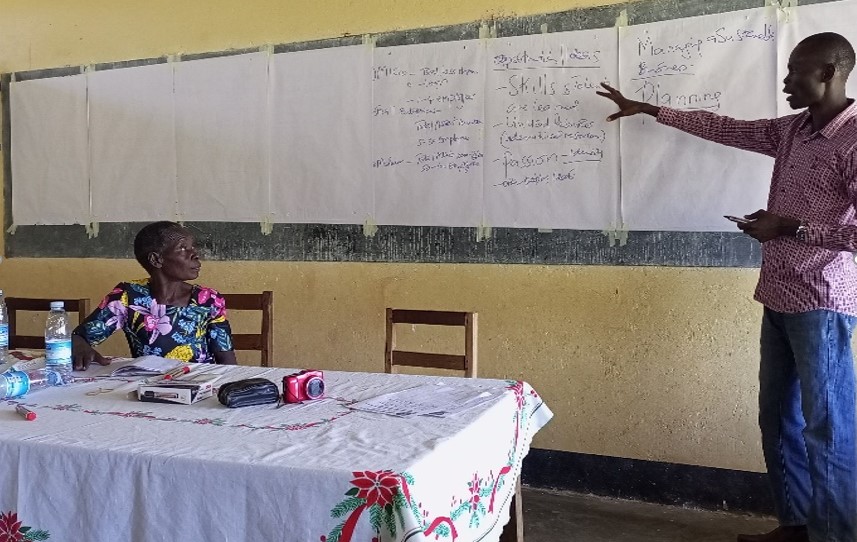
Measuring and evaluating HADEO’s entire performance, as well as those of its competitors, was a context to be thoroughly examined in order to assist the organization in making more informed strategic decisions in light of its strengths, weaknesses, current opportunities, and threats.
The SWOT analysis was first carried out as part of the internal desk review processes, specifically by reviewing the externally conducted partner’s capacity assessment results and resource mobilization strategy document.
Following that, at the reflection workshop, the findings were validated by the involvement of the personnel, board, and consultants. The SWOT analysis results are shown in the 2 by 2 matrix table below.
| Strengths | Weaknesses |
| HADEO’s policies, methods, and processes have been evolved throughout time, reviewed on a regular basis, and are highly adaptable. HADEO has a thriving, competent, and long-serving workforce. They have a robust asset base, highly devoted donors, and an excellent reputation among all stakeholders, including communities, the government, donors, and sister NGOs. | Despite its outstanding donor retention efforts, HADEO has been unable to secure sufficient financing to fulfill community needs throughout the sub region, as seen by the failure to implement gender representation in the organization has always been low, both in the communities’ women are always many and men are few. There is also room for improvement in the organization’s knowledge management system, institutional memory, or secure data repository. |
| Opportunities | Threats |
| Given its institutional strength and reputation, HADEO has the opportunity to expand its funding base beyond its traditional donors. She can do so by utilizing new fundraising methods such as joint bidding and contacting donors such as USAID, who are now more open to new and underutilized national NGOs. The relative peace in the country and region, good government policies and infrastructure in the country, as well as receptive communities and robust government structures at the parish and village level “Basic Christian Communities,” if well blended with the government Parish Development Model (PDM), offer great opportunities to tap into to meet its mission over the next five years. | The overall limited flexibility in donor funding to support the building of organizational reserves for sustainability, adverse weather conditions in the region given its sustainable agro-livelihoods focus, close proximity to Karamojong and spillover of insecurity, overall high dependency and mindset of the community, and the shrinking CSO space in Uganda are some of the major threats that HADEO must develop measures to mitigate. |
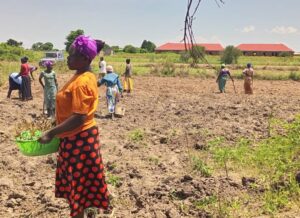
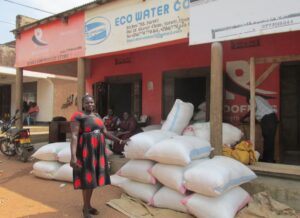
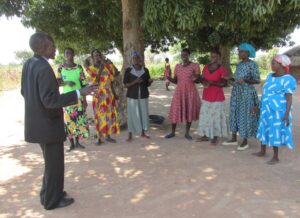
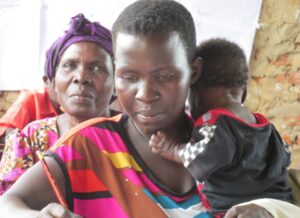

Leave a Reply